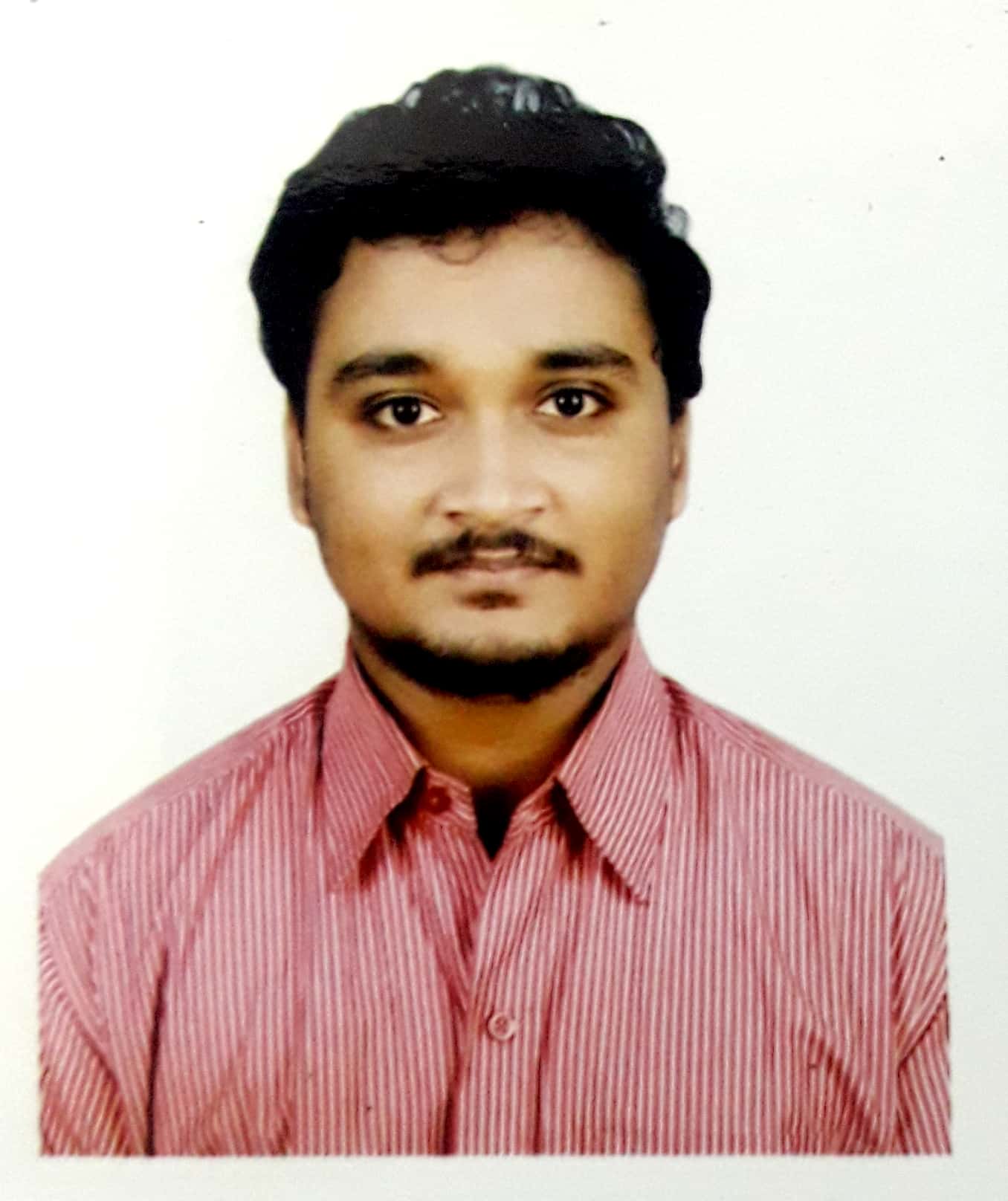Social Aspects of Town Planning in the wake of COVID-19
In
the wake of global pandemic caused by the deadly corona virus it has become
imperative for the society to develop healthy, hygienic and sustainable living
spaces both at the personal and community level. Town planning has been a topic
of utmost concern since times immemorial and today we study it as a stream of
specialized science. In present times we dwell in mixed living spaces whereas, on
the contrary civilizations thrived along the river banks. The ancient Indus
Valley Civilization is a notable masterpiece of the same where farming and
trade in spices, arts & sculptures, were mainly practiced.
With
the rapidly increasing population, frequent changes in lifestyle and occupation
patterns demand for flexible and self-sustaining establishments is gaining
momentum. However, the existing pattern has received a thunderous blow under
the impact of COVID-19. The very fact that even a single- cough/ sneeze can
bring an entire community under quarantine, it necessitates the need for a
paradigm shift in the way we plan and design our settlements and the factors we
have been taking into considerations. Town planning is a community exercise
rather than an exercise by a bunch of expert panels.
Now, let us discuss the factors which came into limelight on account of government enforced nationwide complete lockdown that spanned for more than a couple of months-
1) FOOD-
Fruits, vegetables, cereals & pulses, dairy products and non-veg complete
the food requirement of our human community. We witnessed how the prices of
vegetables and fruits soared high in many parts of the country. This can be
attributed two main prime reasons- firstly, demand climbed up for fresh fruits
& vegetables and secondly, incapability to grow our own food thereby
increasing dependence upon transported food. While, the government performed
exclusively well by keeping a check on hoarding of pulses, cereals and cold
storage foods.
2) MARKET-
Uniformly distributed markets across the city boost the local economy and
prevents stagnation and dependence on only source of distribution. Present time
demand a spacious and hygienic business environment such that people are able
to maintain appropriate distance from others. Giving impetus to sustainable
logistics and supply chain is the need of the hour. Focus is to implement LEAN
PRINCIPLES- averting unwanted transportation, minimizing wastes by keeping a check
upon overproduction and quality check. Creating market spaces that can cater to
the needs of the people such that supply is just an inch bigger than the demand
can be facilitated by setting up localized markets for a targeted population
density.
3) MEDICAL FACILITIES- Undoubtedly our medical team constituted by our doctors, nurses, resident doctors have been doing a commendable job by serving the needy day and night. But what if we are able to provide these medical facilities such that the patient does not have to travel far from his/ her residence. If our town planners take the medical teams into consultation and study the pattern of diseases and frequency of patients in each of the localities, perhaps we might be able to suggest the number of beds in an upcoming or already existing hospital or nursing home with far better accuracy to cope up medical emergencies. As a result, a patient on emergency will stand a better chance of survival by reaching the medical facility in time.
4) SLUMS- Slums are mirror image of political blunders and economical inefficiencies garnished with a hazardous planning. Ratan Tata slammed the architects and developers for neglecting these underprivileged and aggravating the issues related to slums especially in Dharavi, Mumbai upon the outbreak of COVID-19. Isn’t it a good idea to develop public infrastructures such as dormitories, sanitation facilities, food cooking units, shopping units open grounds for these slum dwellers. Facilities can be planned as per the market survey and public demand. There will be two-sided advantage to the same- firstly, we can have a record of the residents i.e., an eye upon illegal resident migrants and secondly, in the wave of any such epidemic or pandemic a quick and effective control mechanism can be implemented successfully. The cost of developing such facility can be far lesser as compared to heavy cost incurred in pandemics such as COVID-19.
5) TRANSPORTATION- Backbone to any civilization that can flourish is fast and non-polluting transportation system. More than half of the pollution and delays in any urban settlement can be attributed to an ineffective and inefficient transport system. Especially, in big metros one can see congested roads decorated with long lines of rental and privately-owned vehicles ferrying the office goers. Situation is aggravated with the stagnant traffic leaving barely any space for bicycles and people moving on their feet. Thus, if a city is planned such that people may need to travel minimum distance for their office and other recreational needs, then savings in both time and vehicular emissions can be achieved. It was observed during lockdown; many activities could not progress because of curb on vehicular movements.
6) MIGRANT POPULATION- This issue amassed massive attention. Cities like- Mumbai, Pune, NCR, Bangalore, Chennai, Jalandhar, Hyderabad witnessed heavy migration of workers back to their native places. But why? Obviously, their very source of income was jeopardized, they had no money to support themselves, they had no safe and hygienic place to stay and healthy food to eat. This is quite synonymous to the issue of slum dwellers as these migrant workers because of their poor economic status lead a similar lifestyle. Please note, we are considering only the daily wage earners who suffered the brunt of being a migrant in their work place.
Obviously,
it must be understood we can’t design or plan a city without considering the
social and cultural aspects of the society. It is not just a technical
deliberation to be agreed upon or a scientific theorem which can be proved or
verified under a given set of conditions. Town planning needs a meticulous
approach in the wake of this global biological disaster. Nothing can be a best
moment other than this to re-design our public infrastructure. Chandigarh which
is the first planned city of India can be perfect model as a motivation to
guide upon further deliberations. Obviously, there would be many other variable
factors which will be unique to some place and will vary from one place to
other.
Some
key parameters can play as a vital checklist for ensuring a robust and
resilient town planning strategy-
- Reduction
in travel needs
- Minimal
dependence on food supply from outside
- Close
proximity to healthcare and market facilities
- Public
infrastructure and transportation that minimizes- waste generation,
environmental pollution, slum development, spread of contagious diseases
- Reducing
dependence upon outside population for their service
- Providing
employment to all the local population
- Enhanced
use of technology such as IOT-Internet of Things to regulate the town and keep
it secure against crime and unforeseen emergency situations.
- Alleviation
of poverty and illiteracy
- Enhanced
usage of renewable sources of energy- solar, wind, bio-gas, etc.
- Hygienic
waste disposal and treatment facilities
Town planning is a holistic approach that commands participation from the local population by knowing their concerns, feedbacks and suggestions. These are the foundation upon which our esteemed technical members- town planners, administrative officers, engineers and security agencies build their ideal town brick by brick with utmost caution and devotion.
By Nilay Singhal : "Nilay is a Civil Engineering pass out from Birla Institute of Technology and completed his MBA in Construction Project Management from RICS. He holds a keen interest in development issues for sustainable growth of the society. An admirer of nature, foodie and a passionate writer."
Related Articles
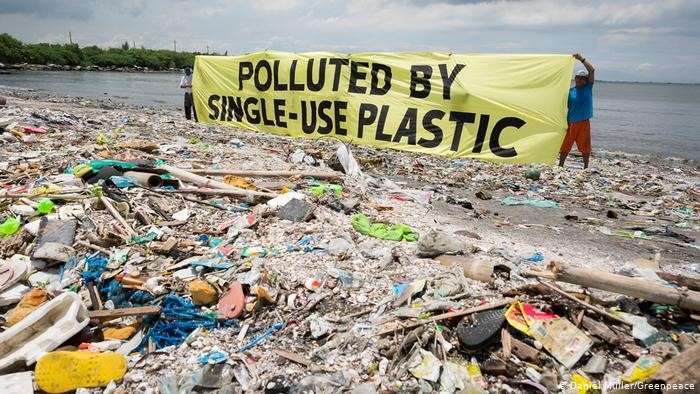
DISSOLVABLE PLASTIC: A SOLUTION TO POLLUTION
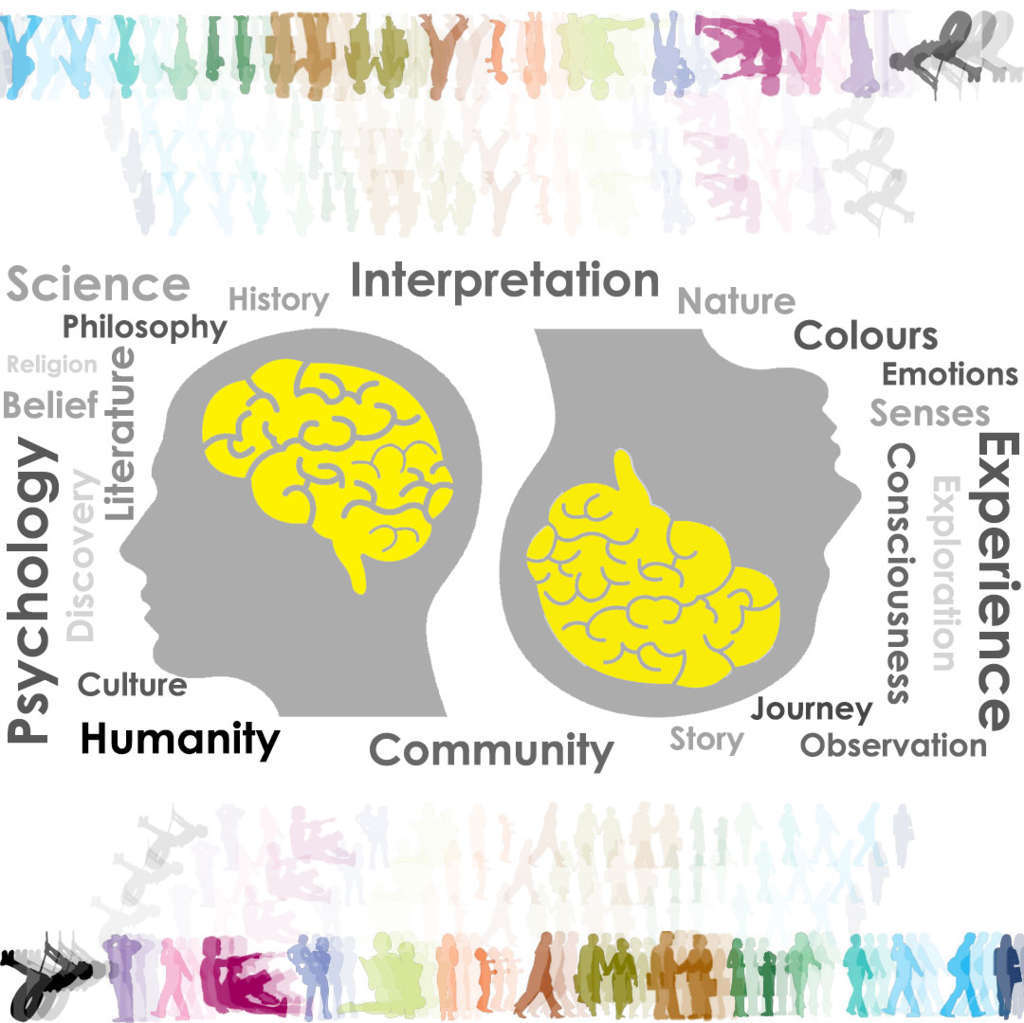
The philosophical approach through understanding the psychological needs of humans resulting in joyful spaces
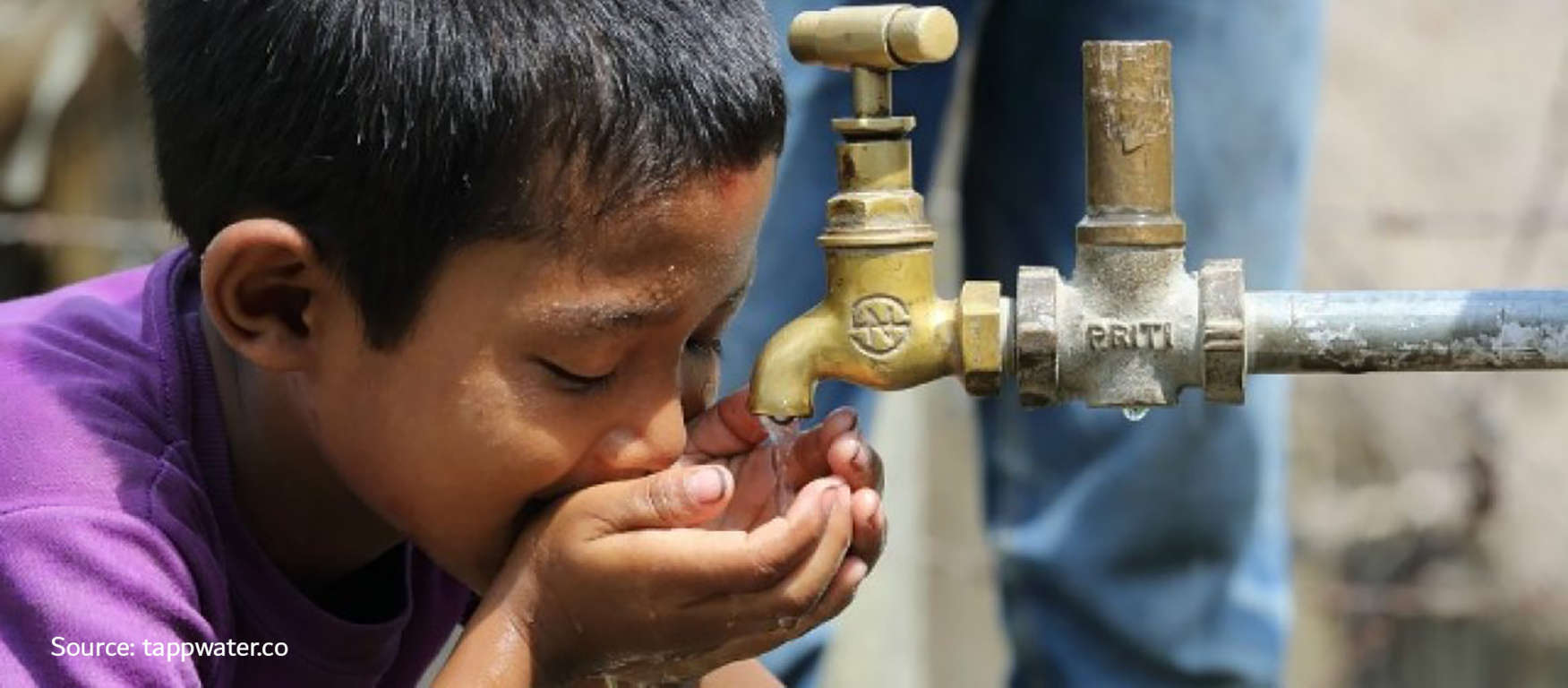
Efficient water pricing is necessary to prevent a tragedy of commons: A case for efficient water pricing in water supply in Indian cities
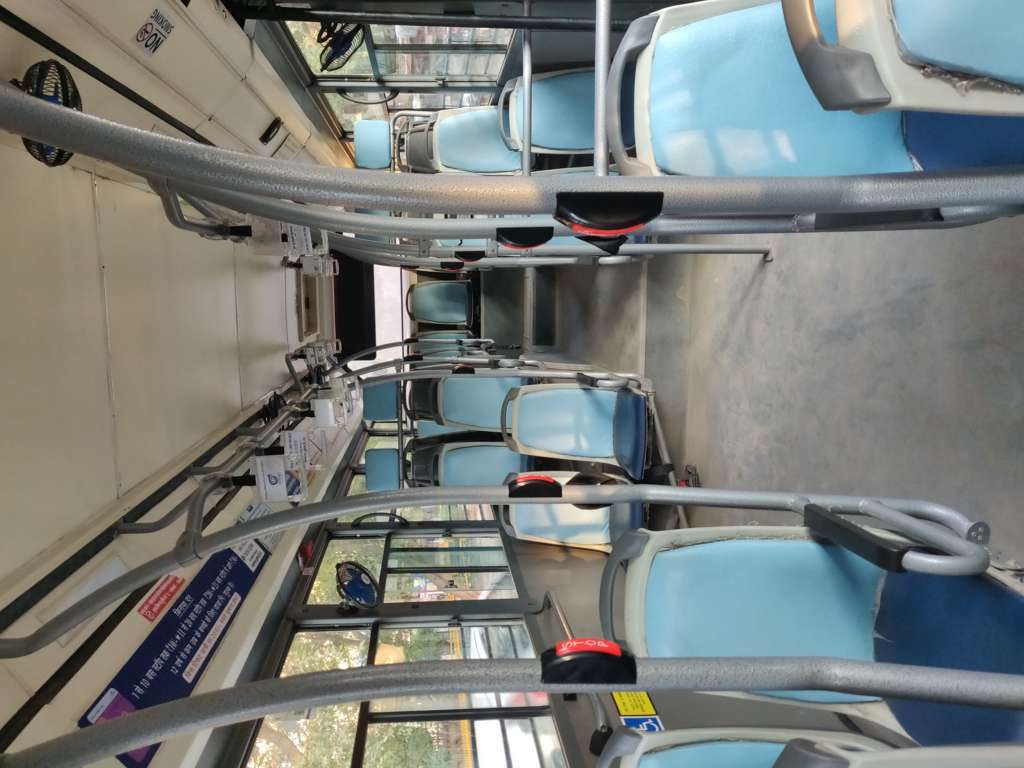
Capturing Passenger Travel Behaviour to optimize Bus loads




